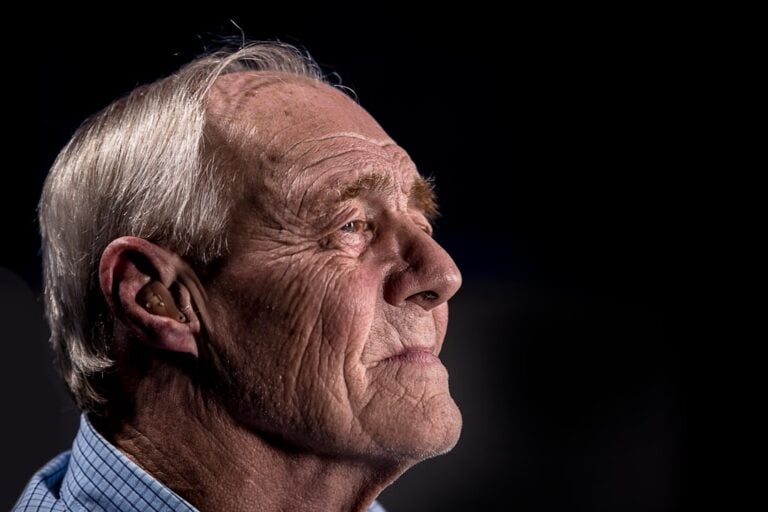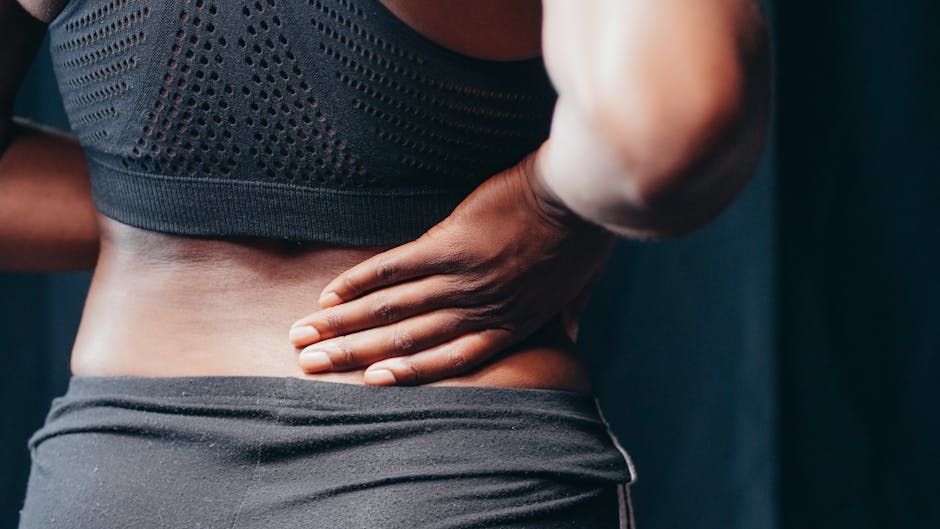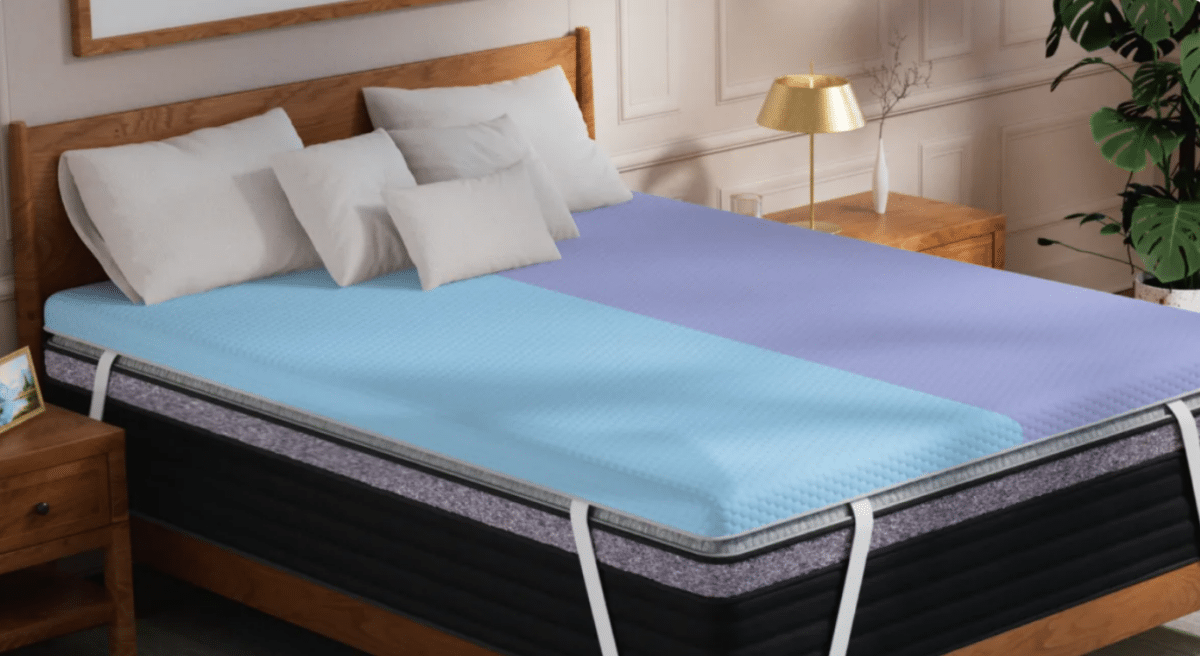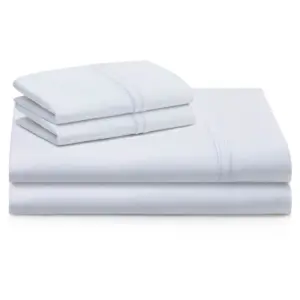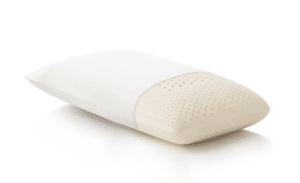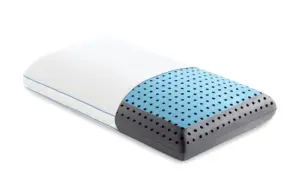The Complete Guide to Understanding Mouth Breather Face
Understanding Mouth Breathing and Its Impact on Facial Structure
Mouth Breather Face refers to the noticeable changes in facial structure that occur due to habitual mouth breathing, a common issue that can arise from various underlying conditions. This guide will explore the causes, effects, and solutions associated with this often-overlooked issue.
What is Mouth Breather Face?
Mouth Breather Face describes the alterations in facial structure that stem from a consistent reliance on mouth breathing. When individuals breathe through their mouths instead of their noses, particularly during formative years, alterations can occur in their facial shape, leading to observable characteristics such as:
– Elongated Face: The development of a longer visage occurs as the upper jaw grows downward rather than forward.
– Rounder Cheeks: Cheeks may become fuller and rounder due to the muscle tension created by open-mouth breathing.
– Receded Chin: A less prominent chin can result from the lower jaw failing to grow forward.
– Narrow Jaw and Palate: The absence of upward tongue pressure can result in a narrower upper jaw.
Understanding Mouth Breather Face is essential not only for aesthetic reasons but also for overall health, influencing breathing efficiency and sleep quality.
Breathing Methods: Mouth Vs. Nose
Why Nasal Breathing is Essential
Nasal breathing is the natural and healthier method of respiration, used for filtering and conditioning air entering the body. The advantages of nasal breathing include:
– Better Air Quality: The nose filters out dust, allergens, and pollutants.
– Improved Oxygen Intake: Nasal breathing allows for better oxygen absorption and deeper chest expansion.
– Reduced Inflammation: Air that’s warmed and humidified is gentler on the lungs, lowering irritation.
– Facial Development: Proper tongue posture, which occurs naturally during nasal breathing, promotes correct jawbone development.
Dr. Albert Silvera, a respected dental surgeon, states, When you breathe through your nose, your tongue exerts upward and outward pressure on your palate, facilitating healthy jaw growth. In contrast, mouth breathing can lead to health complications such as chronic fatigue, digestive issues, and poor posture.
Causes of Mouth Breathing
Identifying the reasons behind mouth breathing is crucial for effective intervention. Common causes include:
Nasal Congestion
Nasal congestion is often a leading cause of mouth breathing. Conditions such as colds, sinus infections, and nasal polyps can lead to blocked nasal passages.
Enlarged Adenoids
Enlarged adenoids, particularly in children, can obstruct nasal passages and result from chronic infections or allergies. Dr. Arash Moradzadeh highlights how such blockages can dramatically impact facial structure growth.
Deviated Septum
A deviated septum can make one nasal passage narrower and make breathing through the nose challenging. Causes range from congenital conditions to injuries.
Allergies
Chronic allergies can cause ongoing nasal congestion, making it difficult to breathe comfortably through the nose. Pollen, dust mites, and pet dander are common allergens that can heighten the risk of mouth breathing.
Understanding these causes is the first step towards addressing mouth breathing effectively and preventing Mouth Breather Face.
The Effects of Mouth Breathing on Facial Development
How Mouth Breathing Affects Your Face
Mouth breathing significantly impacts facial development, particularly in children. Key changes to note include:
– Elongated Face: The absence of tongue pressure allows the upper jaw to grow longer and narrower.
– Rounder Cheeks: Open-mouth position causes muscle tension, altering the cheek’s appearance.
– Receded Chin: Extended periods of mouth breathing can lead to a less pronounced chin.
– Narrow Jaw: Without proper tongue posture, the dental arches may also narrow, resulting in a pinched facial appearance.
Research published in the American Journal of Orthodontics & Dentofacial Orthopedics has confirmed these correlations, illustrating that chronic mouth breathing can instigate a cascade of structural changes that may have lasting implications on health.
Health Consequences of Mouth Breathing
Mouth breathing doesn’t merely affect facial structure; it can also pose substantial health risks. Common consequences include:
Sleep Disorders
Mouth breathing is closely linked to various sleep disorders, including sleep apnea and chronic snoring. Obstructed airways can lead to poor sleep quality and increased daytime fatigue.
Dental Problems
Saliva is vital for oral health, and mouth breathing can dry out the mouth, increasing the risk of cavities and gum disease. Mouth breathing can have significant negative effects on dental health, states wellness advocate Dr. Courtney Kahla.
Posture Issues
Mouth breathers often develop poor posture as they lean their heads forward to facilitate easier breathing, leading to muscle tension and recurring pain in the neck and back.
Recognizing these health concerns underlines the importance of addressing mouth breathing as soon as possible to mitigate potential long-term effects.
Diagnosing Mouth Breathing
Diagnosing mouth breathing is vital for implementing effective treatments. The diagnostic process may involve:
Physical Examination
A medical professional will observe your breathing patterns, assessing conditions like the positioning of the lips at rest and whether you primarily breathe through your mouth or nose.
Adenoids and Nasal Examination
Adenoids often obstruct nasal airflow. Doctors may use specialized tools to examine their size and function, looking for accompanying symptoms such as snoring and recurrent infections.
Diagnostic Tests
Tests like the Water Test, Altman’s Nasal Breath Mirror Test, and imaging studies can help confirm the presence of mouth breathing and its underlying causes.
Treatment Options for Mouth Breathing
Comprehensive Treatment Approaches
Creating an effective treatment plan for mouth breathing can significantly enhance health and appearance. Here are some common interventions:
1. Surgical Options: Procedures like septoplasty or an adenoidectomy can correct structural problems.
2. Medication: Medications such as decongestants and antihistamines can alleviate congestion and help return to nasal breathing.
3. Nasal Turbinate Ablation: Minimally invasive options can reduce nasal turbulence, allowing for better airflow.
4. Orthodontic Expanders: Devices that widen the upper jaw can significantly increase space for nasal breathing, aiding both health and structural integrity.
Can Mouth Breather Face Be Reversed?
While reversing Mouth Breather Face entirely can be challenging, various treatments can improve both aesthetics and function. Techniques like myofunctional therapy and physical therapy emphasize strengthening facial muscles and improving postural alignment.
Frequently Asked Questions about Mouth Breather Face
Can you fix a mouth breather face?
Yes, treatments such as orthodontic expanders, nasal turbinate ablation, and myofunctional therapy can significantly improve the condition.
Does mouth breathing change face shape?
Absolutely. Chronic mouth breathing can manifest in noticeable facial changes that impact both appearance and health.
How long does it take for mouth breathing to affect your face?
While the timeline varies, noticeable facial changes can occur in children who develop mouth breathing habits early.
Conclusion
Addressing mouth breathing is essential for maintaining good health and preventing the development of Mouth Breather Face. Chronic mouth breathing can lead to numerous issues, including sleep disorders, dental problems, and poor posture, making early intervention vital.
At Yawnder, we are committed to improving your sleep and overall quality of life. Utilizing tools such as specialized pillows and promoting better sleep posture can alleviate many associated health issues. Don’t hesitate to explore our product range designed to support healthier sleeping habits.
Take the first step towards better breathing and overall well-being. If you or a loved one exhibits signs of mouth breathing, consult a healthcare provider to discuss effective treatment options. Early action can make all the difference.

